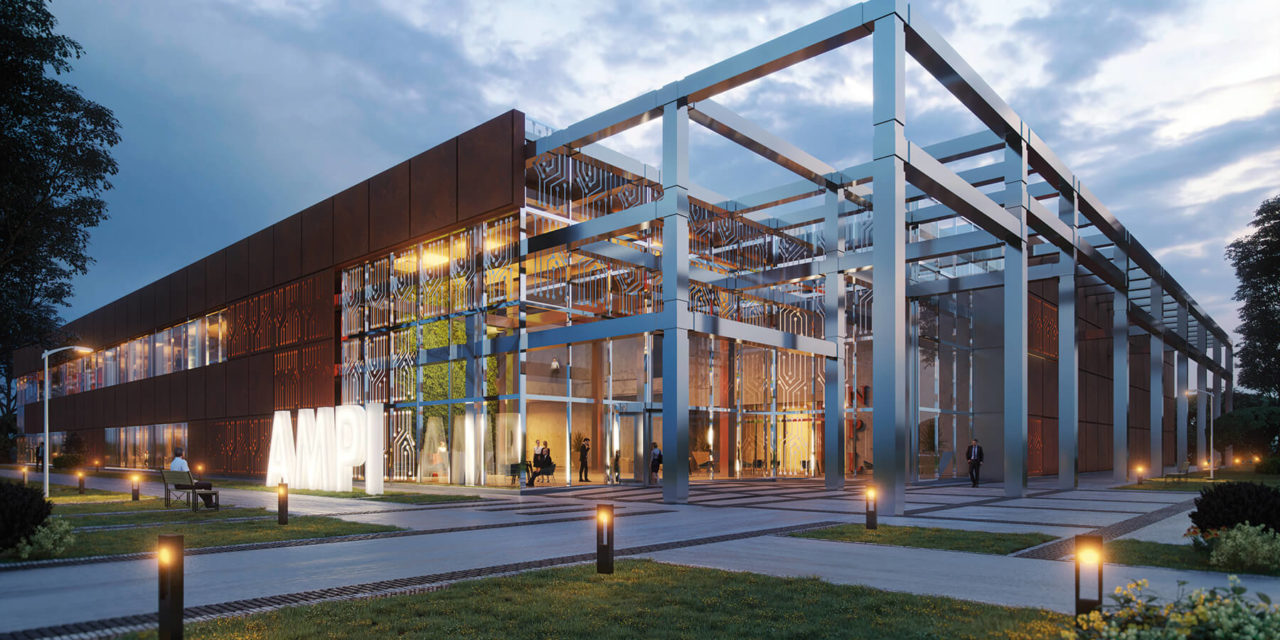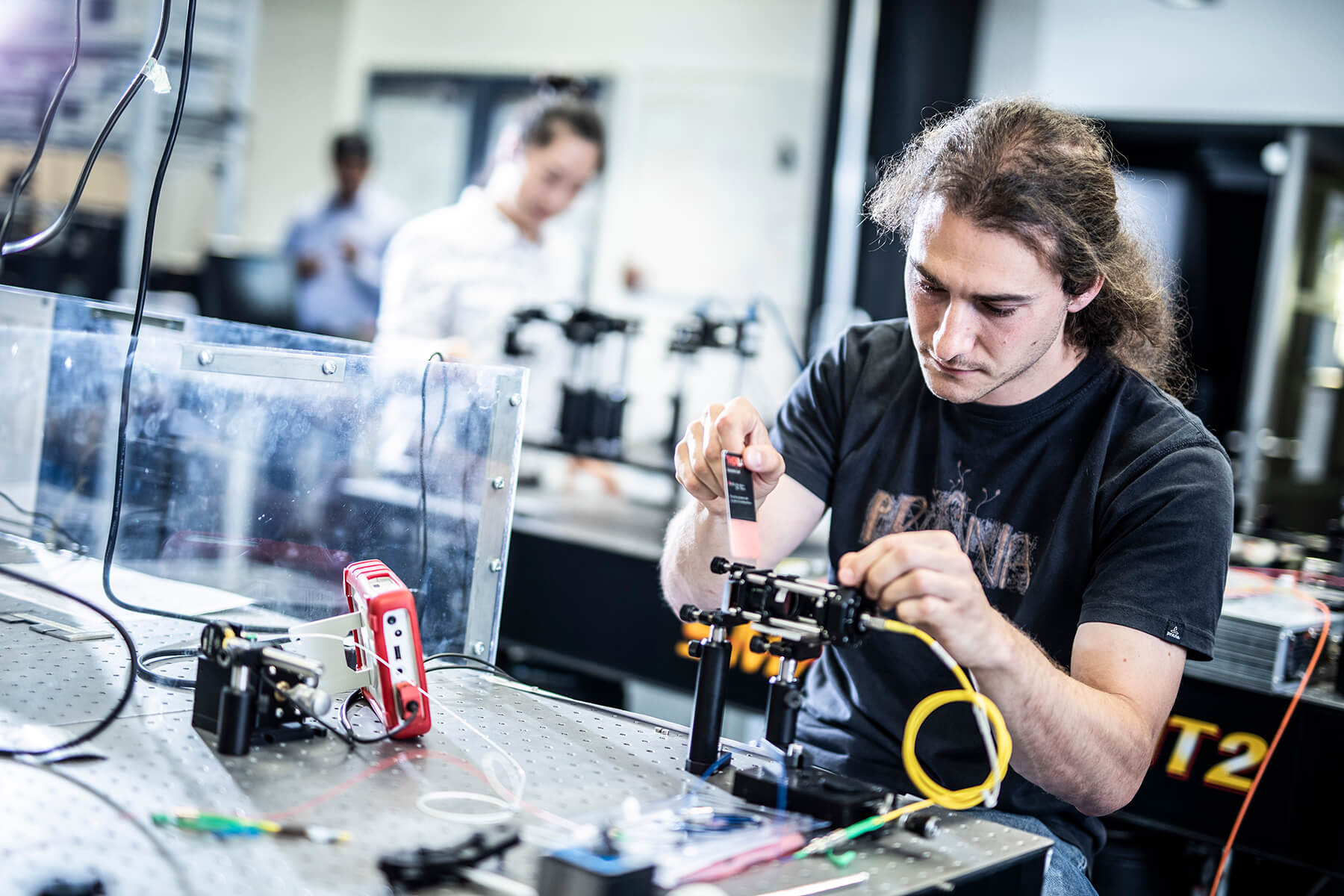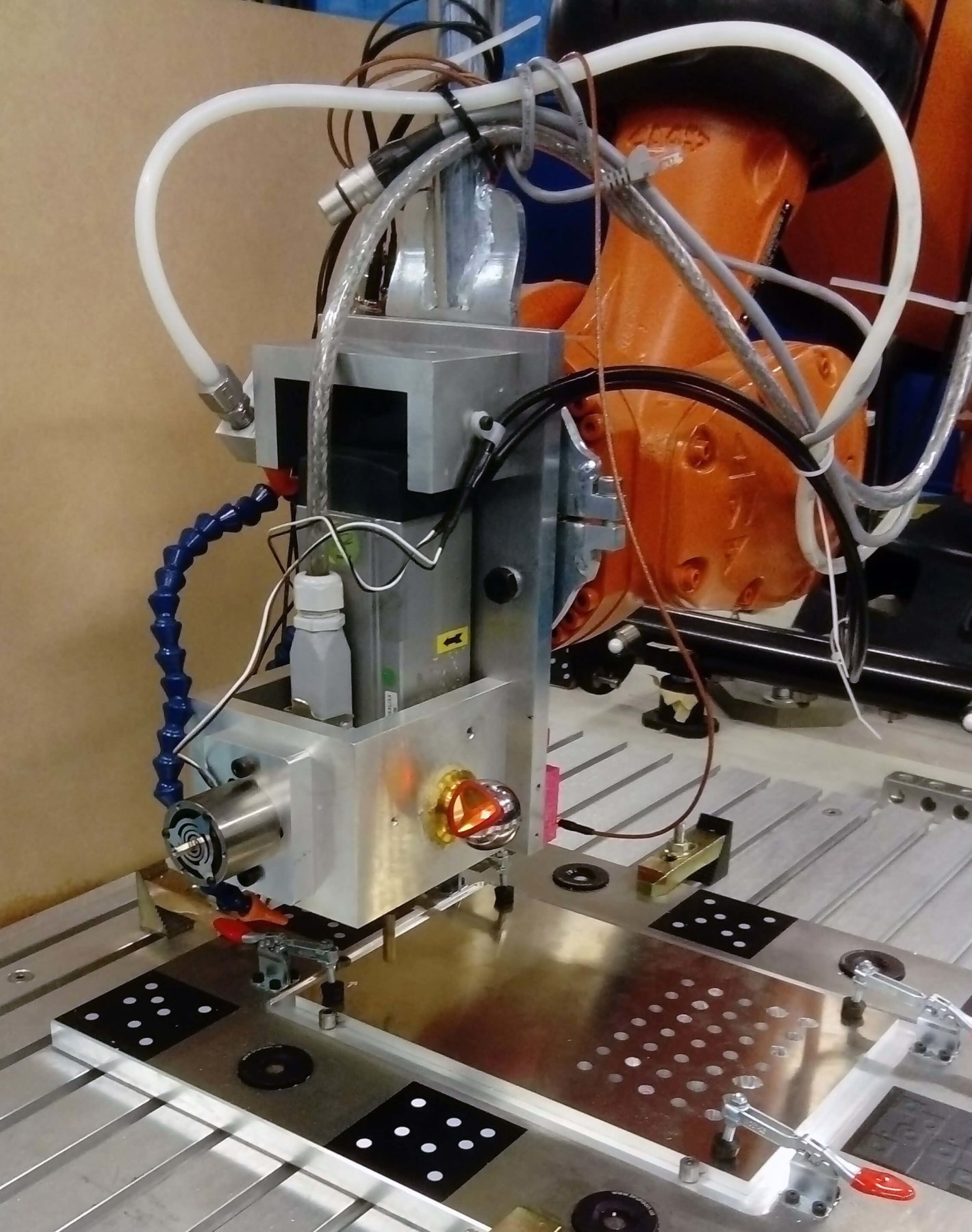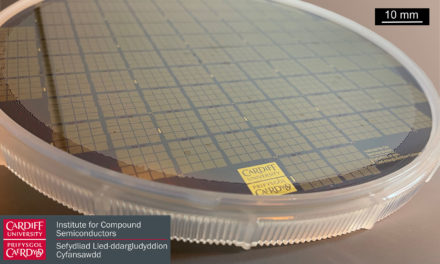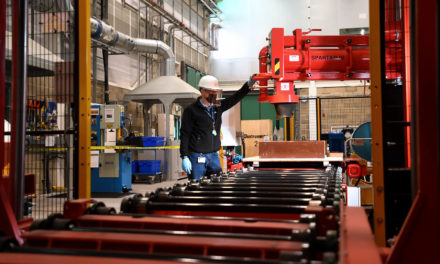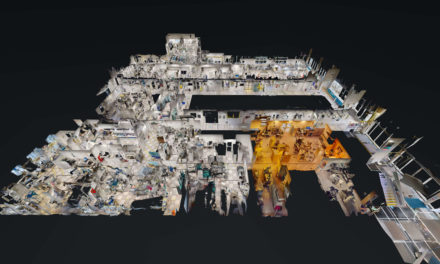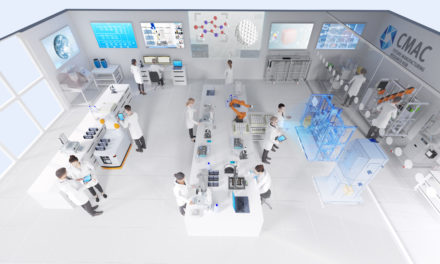Metrology Hub – The vital role of metrology cannot be understated
Future Metrology Hub
Above: The Future Metrology Hub is connecting manufacturing systems, solving long-term challenges facing UK industry
The development of new measurement knowledge is essential for the UK to fully exploit emerging technologies, improve productivity and tackle the challenges facing the country.
Dame Xiangqian (Jane) Jiang DBE FREng, Professor of Precision Metrology at the Huazhong University of Science and Technology and University of Huddersfield
Metrology affects all our daily lives. It allows manufacturers to produce products more accurately, more quickly and to a higher standard. These benefits are passed onto consumers as products become cheaper to purchase and are made to a higher quality.
For established and emerging high-value manufacturing sectors – aerospace, automotive, flexible electronics, bioengineering, optics, green energy – where precision is paramount, the development of new metrology technologies and capabilities is critical. In particular, this applies to the trend towards in-process metrology and continuous measurement which substantially reduces or removes the need for costly additional processes.
In some areas of emerging technology and applications, such as optics, biomedical, additive, green energy, without the development of new instrument technologies and methods, it becomes impossible to manufacture economically because there is no effective way of measuring.
Improved metrology technologies, in particular embedded metrology, becomes an enabler to these new products and can have a dramatic impact on product quality by reducing defects and scrap rates and increasing productivity.
The Future Metrology Hub is addressing major, long-term manufacturing challenges facing UK industries through innovative research and the development of enabling technologies in metrology and aims to transform the UK’s manufacturing performance by delivering significant improvements in the speed, accuracy and cost of measurement.
The Hub is led by the University of Huddersfield, with research spokes at Sheffield, Loughborough and Bath universities, and an innovation spoke at the Advanced Manufacturing Research Centre (AMRC) in Sheffield.
The Hub’s overarching vision is to create ground-breaking embedded metrology and universal metrology informatics technologies, providing a critical enabling infrastructure for increasing productivity through future smart and connected manufacturing systems.
Learn more at www.fmh.hud.ac.uk
SUCCESS STORIES
TRANSFORMING THE UK’S ADVANCED MACHINERY SECTOR
The Hub is partnering with the National Physical Laboratory (NPL) and academic and industrial partners across the North of England in the creation of the Advanced Machinery and Productivity Institute, a new industry-led initiative to drive innovation for the UK’s advanced machinery manufacturers.
A team from the Hub has been working with the consortium over the past three years to build momentum for this initiative, which initially secured a small amount of seed-corn funding in 2020. In 2021, the consortium secured £22.6m of funding from the Government’s Strength in Places Fund to deliver new research and innovation programmes for AMPI over a five-year period.
Strength in Places is about driving innovation and economic growth in local/regional clusters and the AMPI project aims to significantly accelerate the development of new next generation manufacturing machinery, creating new jobs and growing export in the process.
NEW INSTRUMENT TECHNOLOGY AT RENISHAW FOR FULL EVALUATION
One of a suite of new surface measurement technologies under development by the Hub team is the Dispersed Reference Interferometer. The DRI has potential applications as an embedded sensor, with the ability to achieve fast (>5kHz) measurement speeds and high dynamic range in a very small package. These features make it a strong candidate for on-machine measurement, and in-house testing of early prototypes was very encouraging.
In the past year, following extensive tests on the Hub’s diamond turning machine, a second-generation prototype device has been developed that incorporates refined signal processing capability, to increase measurement speed and accuracy, and has also been further reduced in size.
This prototype is now with Hub partner Renishaw for an extensive evaluation of its technical performance and potential for commercialisation. A fully realised DRI system would be highly complementary to Renishaw’s existing product portfolio, so a successful evaluation programme is expected to lead rapidly to the company seeking a license or assignment of the DRI IP for exploitation.
ACTIVE SYSTEM MACHINING – METROLOGY EMBEDDED PRECISION MACHINING
Serial robotic arms are a highly flexible solution to the challenge of multi-axis machining in large volume spaces. However, this flexibility comes at the cost of reduced stiffness when compared to conventional machining systems, and can lead to machining forces causing chatter and creating surface irregularities.
Researchers at the University of Bath are working to develop a system to solve accuracy problems in both the dynamic and path planning actions of serial robots. The team has adapted a laser tracking system to control the position of the robot which uses a reflector placed close to the machining head. By closely monitoring the actual position of the arm and comparing this to a nominal path generated by the robot’s control system, it is possible to map and compensate for motion errors to within 10 microns.
Additionally, an active control system has been developed which can be attached to the machine tool in order to compensate for the dynamic effects of high-speed machining and is capable of reducing machining errors by up to 90%. As work progresses on this project, the team aims to make the device retrofittable to existing robot arms and carry out trials in a real production environment.

